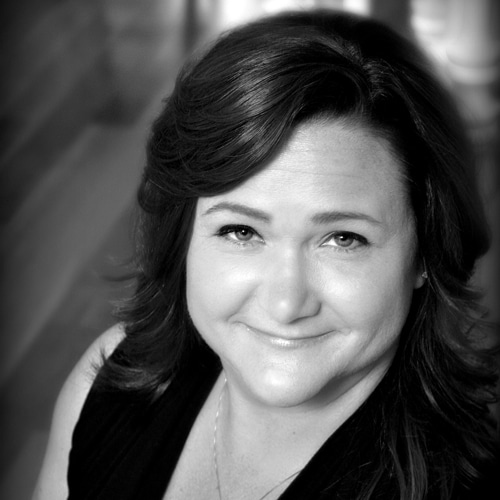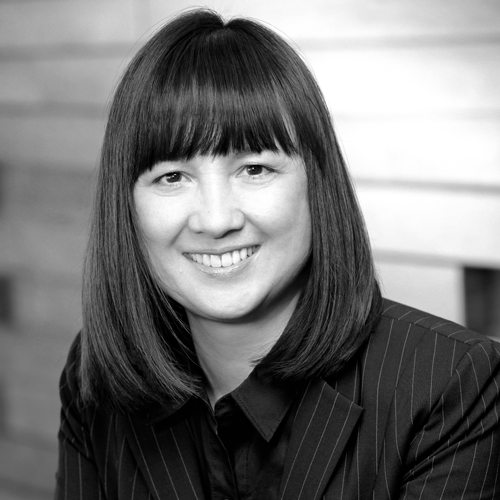To understand how Michael Dinkins became the executive vice president and chief financial officer of Greatbatch Medical, the NYSE-traded company that builds “medical devices for the future,” one has to travel back in time. Specifically, go back to the 1920s, before Dinkins was born.
That’s when Dinkins’s grandfather, Sam Taylor, a black man with a second-grade education in a time of rabid prejudice, decided he wanted to become an electrician. Blocked by racial policies from entering his school of choice, Taylor was undaunted and took a second job as a night janitor at a school. When sweeping floors and cleaning bathrooms was over, he would rummage in the garbage bins for class materials. Back at home in the late evening, he would study those materials. Once he felt comfortable with his understanding, he asked if he could take the graduating exam.
Guessing he wouldn’t pass, the powers that be at the school let him attempt the exam. He did pass, and officials allowed him to attend graduation. In preparation for the picture to be taken, however, they seated him far in the back out of sight. But as fate would have it, the photographer decided to have everyone turn around so he could take the photo from the balcony in the back of the room. As a result, Taylor ended up being at the front of the class. Then in 1922, he launched Taylor Electric Company, which still operates to this day.
“I tell my staff that I’m the ultimate salesperson. Investors have to believe we’ll be successful and that they will make money for the risk they are taking.”
As a teenager, Dinkins worked on construction jobs and, at home, he would listen to his grandfather’s stories of how he climbed his way to the top. “He would look me in the eye and tell me about leaving Alabama, walking up north, following railroad tracks to not get lost. I had a role model of someone who was successful,” he says. “The message was always, ‘Don’t make an excuse; find a way.’”
Dinkins’s interest in finance began early. He recalls watching the evening news with Walter Cronkite, hearing about Wall Street and the Dow, and wanting to understand what all the dialogue meant. Working at his grandfather’s company—but not interested in being groomed as an electrician—he began to think about how the business worked as an economic entity. He would absorb bits of wisdom on business from his uncle who took over running Taylor Electric, such as, “Make sure everybody makes a decent amount of money in a deal,” Dinkins recalls. “Make sure your word is your word and people can trust you; deal with personnel issues quickly and effectively.”
After taking a bookkeeping class in high school and falling in love with the complexities of finance, Dinkins went to Michigan State University and got his BA. Keeping to the finance side, he realized that was where one saw the blueprint of what people were trying to do as a company. Finance informed one how much to sell, to whom, and at what price. The job was to take all that activity and forecast; if you do X-Y-Z, then this is the answer you will receive. He came to understand how a deal works: the guy on the factory floor makes so much, the guy selling the product so much, the equity holder this much. The more risk, the higher the return.
“The challenge in my current position is, can I take this strategy, what we plan to do as a company, and get investors to understand it and want to fund it?” Dinkins asks. “I tell my staff that I’m the ultimate salesperson. Investors have to believe we’ll be successful and that they will make money for the risk they are taking. We can influence their perception of how much risk they’re taking and share information to convince them we’re going to be successful.”
Part of Greatbatch’s success in creating and selling medical devices has come from its string of strategic acquisitions. In October 2015, Greatbatch acquired Lake Region Medical, more than doubling the company’s size in the process and improving its position in the cardiovascular, surgical, and orthopedics market. Dinkins says that the company looks at acquisitions as a way of enabling the company strategy, which is to go from simply making components, such as the pacemaker batteries it began with, to building complete devices. “We try to move upstream from the ability to make one component to subassemblies to complete medical devices,” he says. “The acquisitions we target are to enable our capability to be able to make a full suite of products for our customers.”
That takes a team of employees and someone to select and guide them. As a leader in the company, Dinkins says he relies on a number of core principles. “First I make sure the people in my team are culturally and ethically aligned with me,” he explains. “If you don’t have players in line with you, then I don’t think you can lead people to change. After that, it’s a matter of core knowledge. Do they know what they need to know to excel? If I get comfortable with that, then I can focus on coordination and communication. My job as a leader is to provide that along with timely decision making.”
When asked about his authoritative command of the principles of finance and leadership in spite of not having earned an advanced degree, Dinkins shrugs. “I always go back to the things I was taught by my grandfather and uncle,” he says. “When I pick up books written by PhDs, I think, ‘This isn’t anything but what my grandfather or uncle already told me.’ I was advised by a mentor at GE to make sure you learn what you need to know, so after completing the GE Financial Management Program (FMP) I became an instructor for the courses.”
Dinkins has also attended several training courses at Northwestern University, Harvard, and more. “Most importantly, I made sure I worked for the smartest, toughest leaders, because iron sharpens iron,” he says. “I just attended a program at Deloitte University, so the education continues.”

